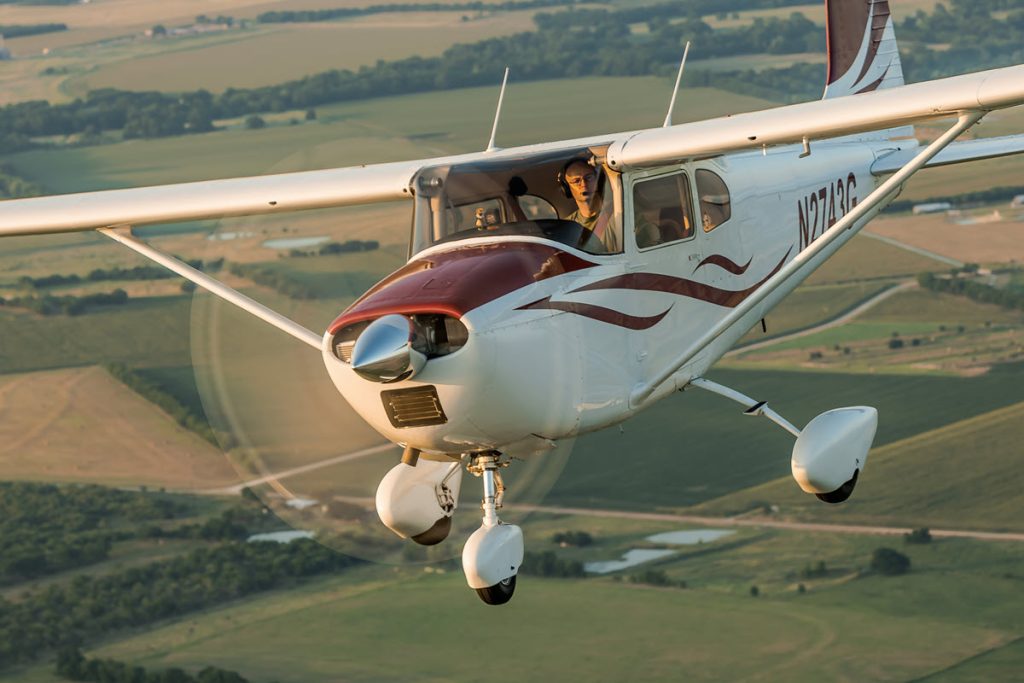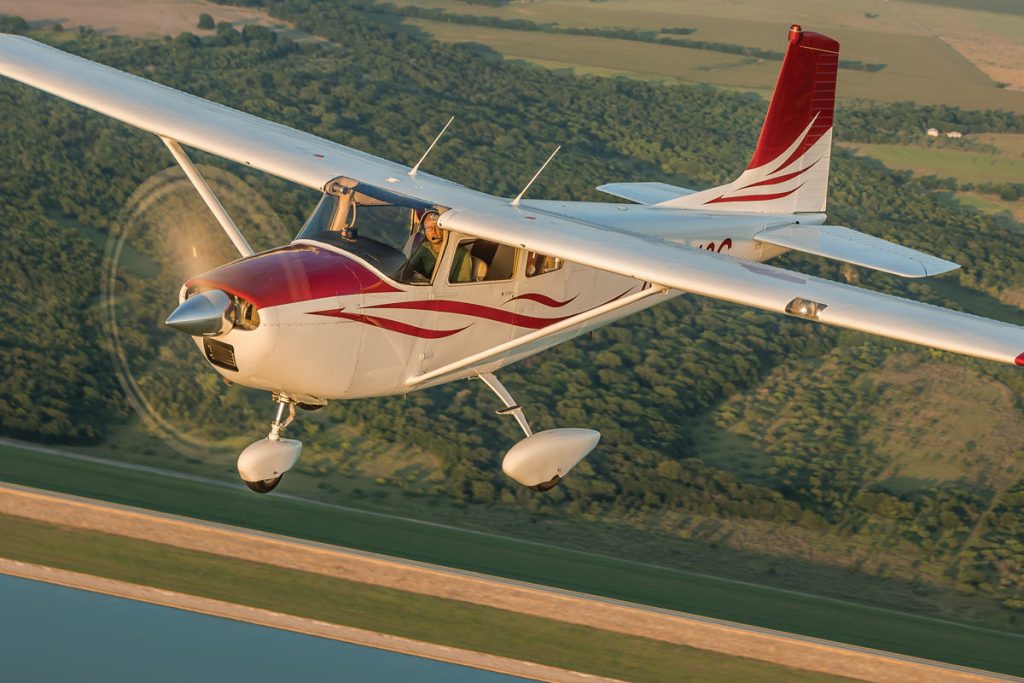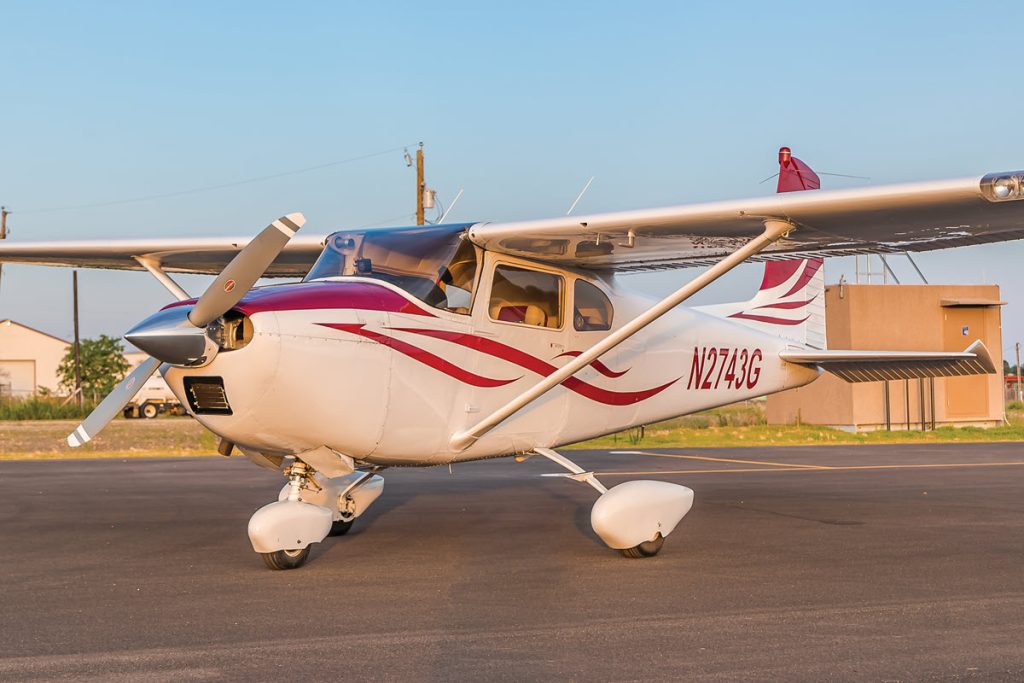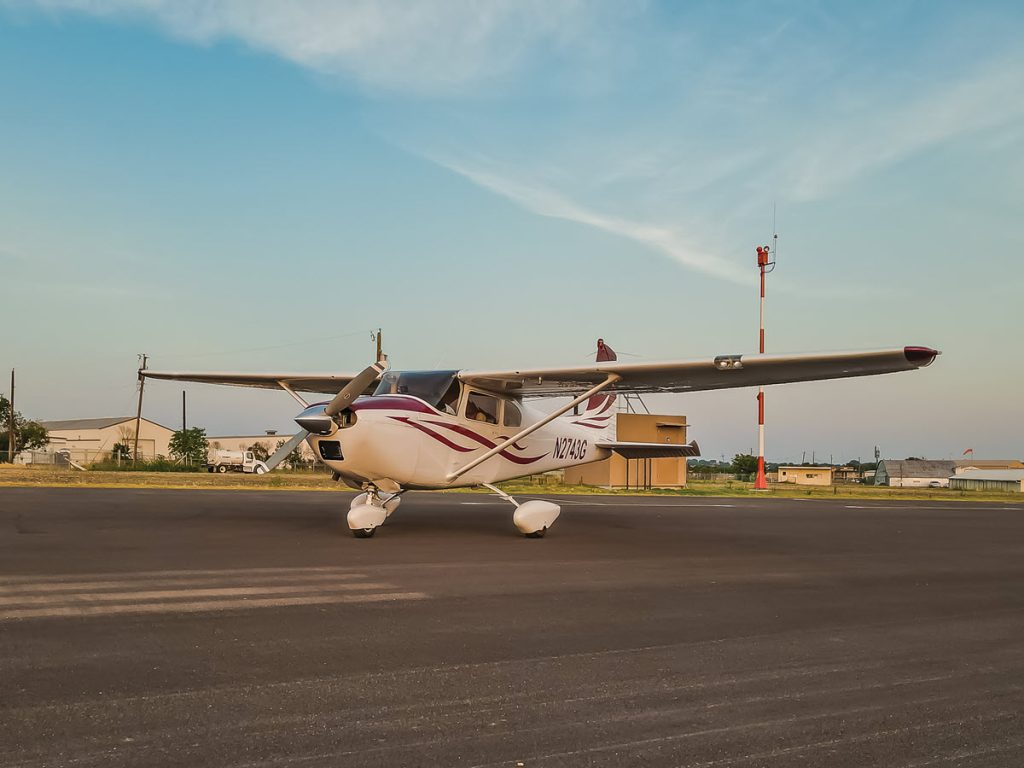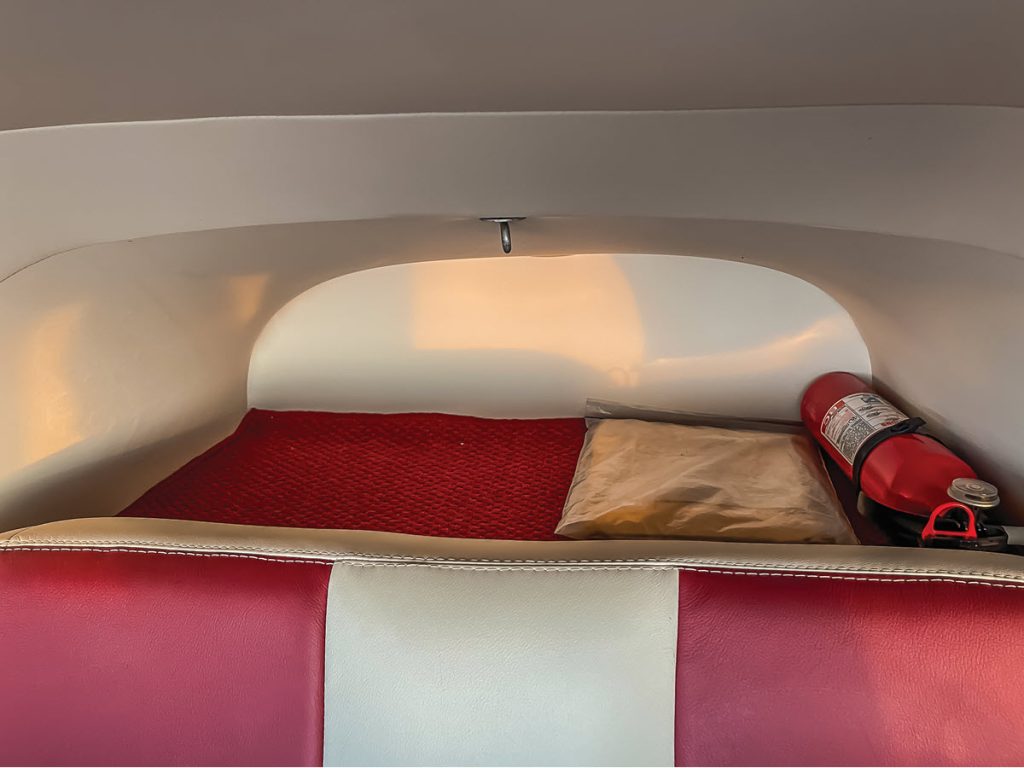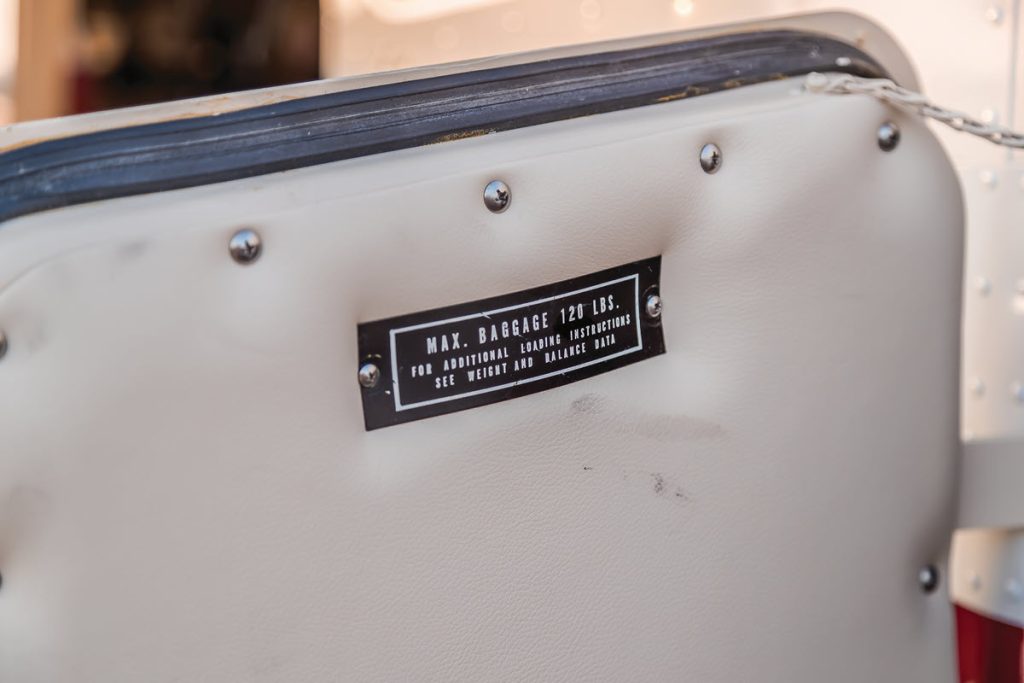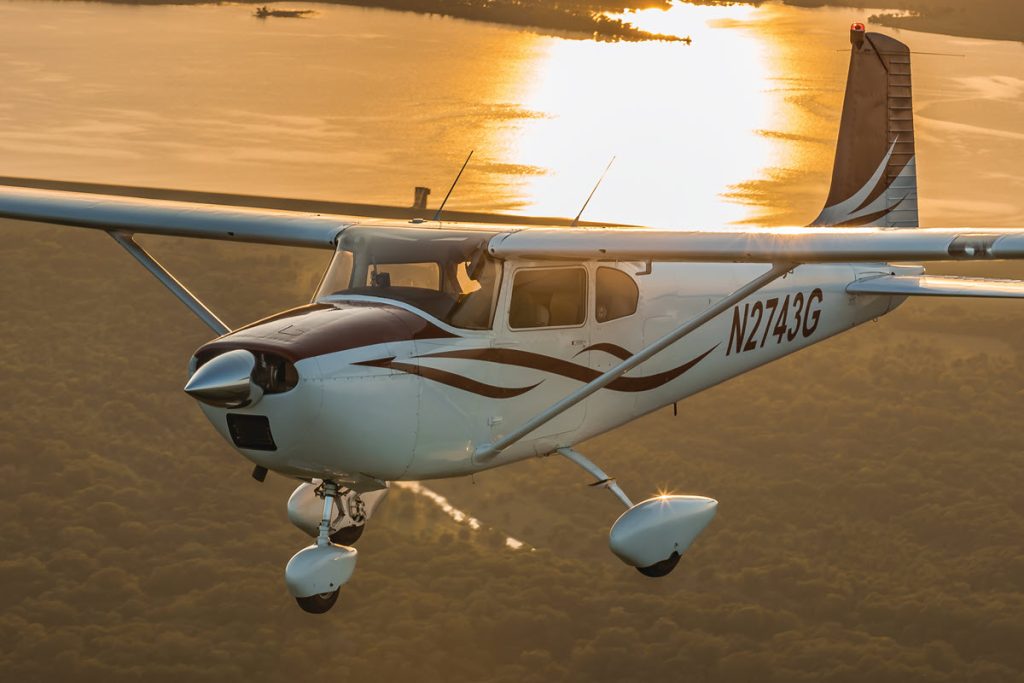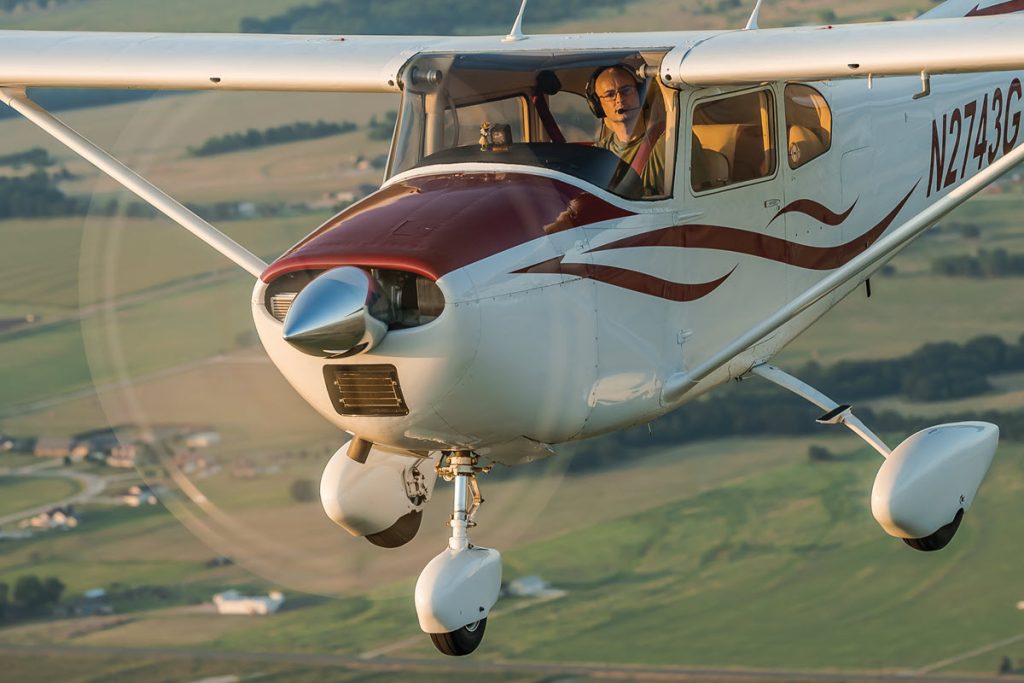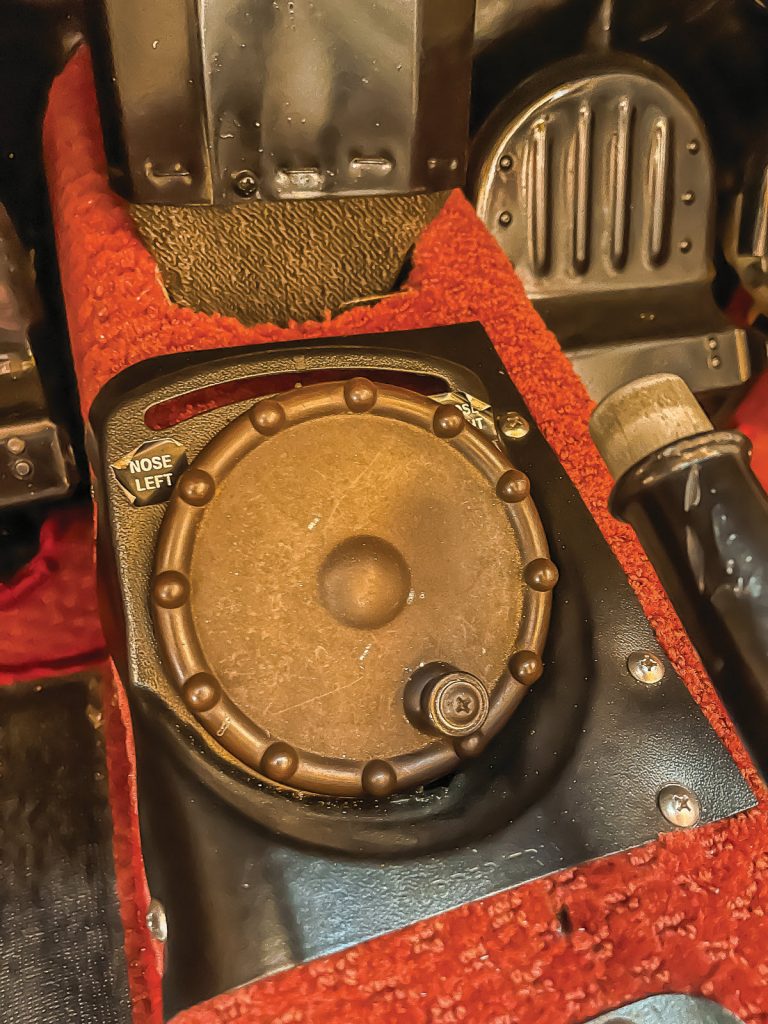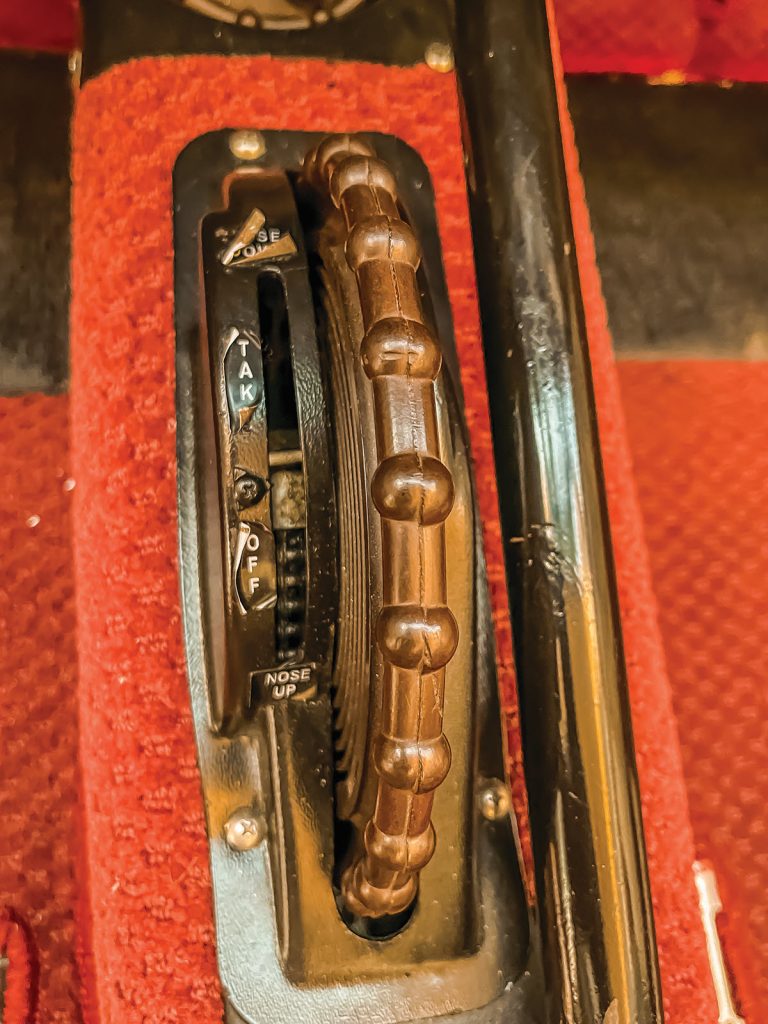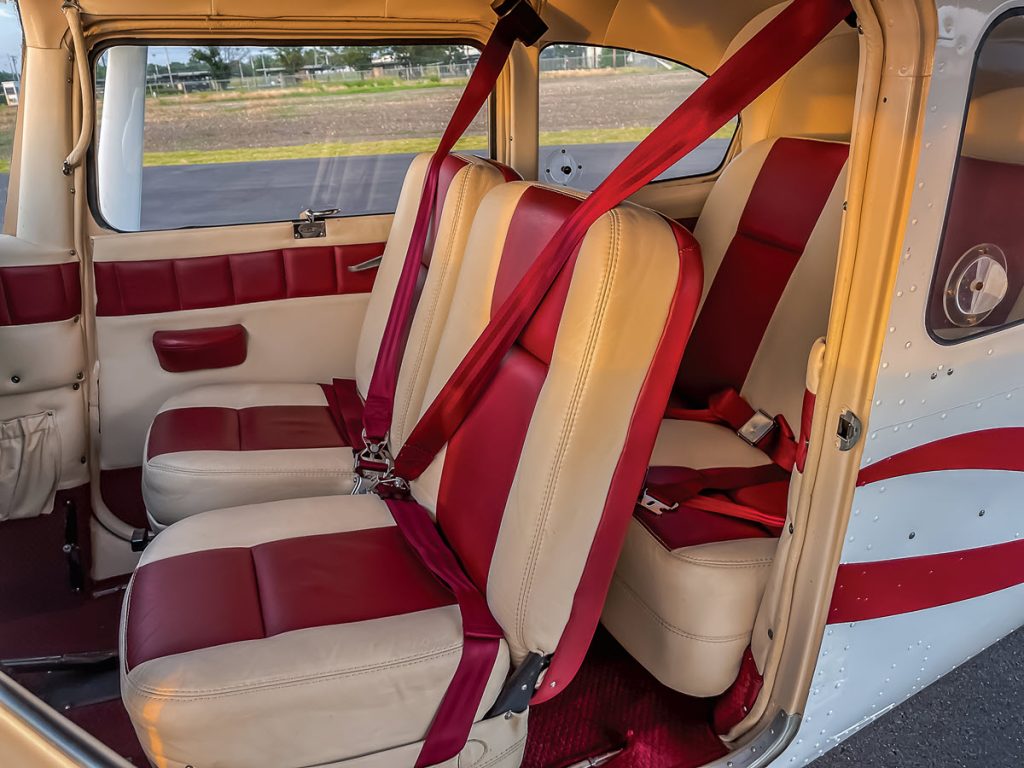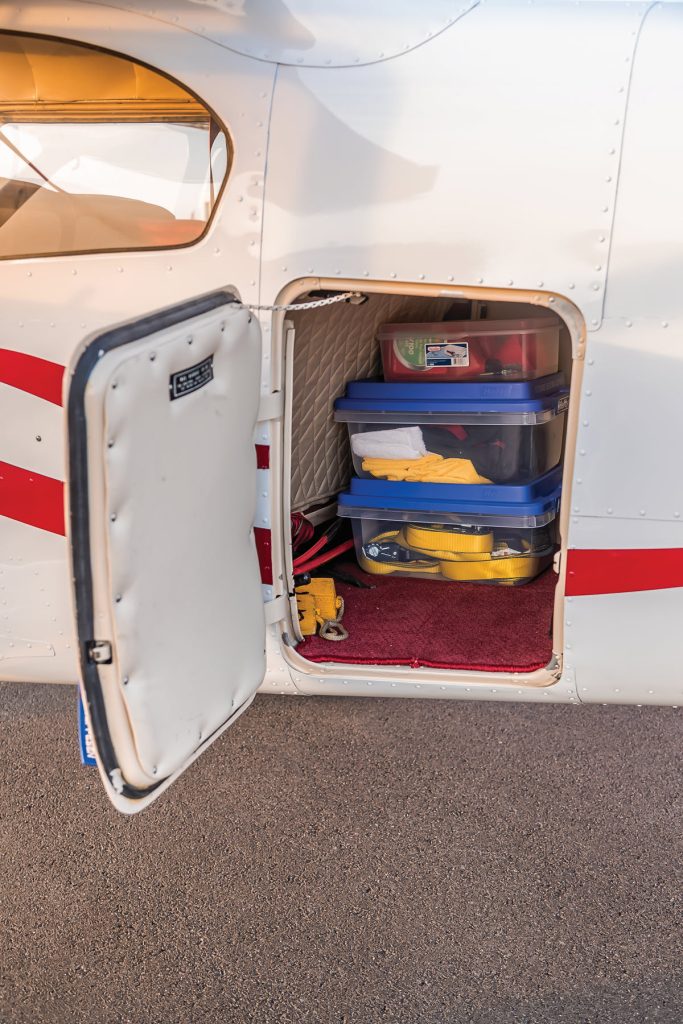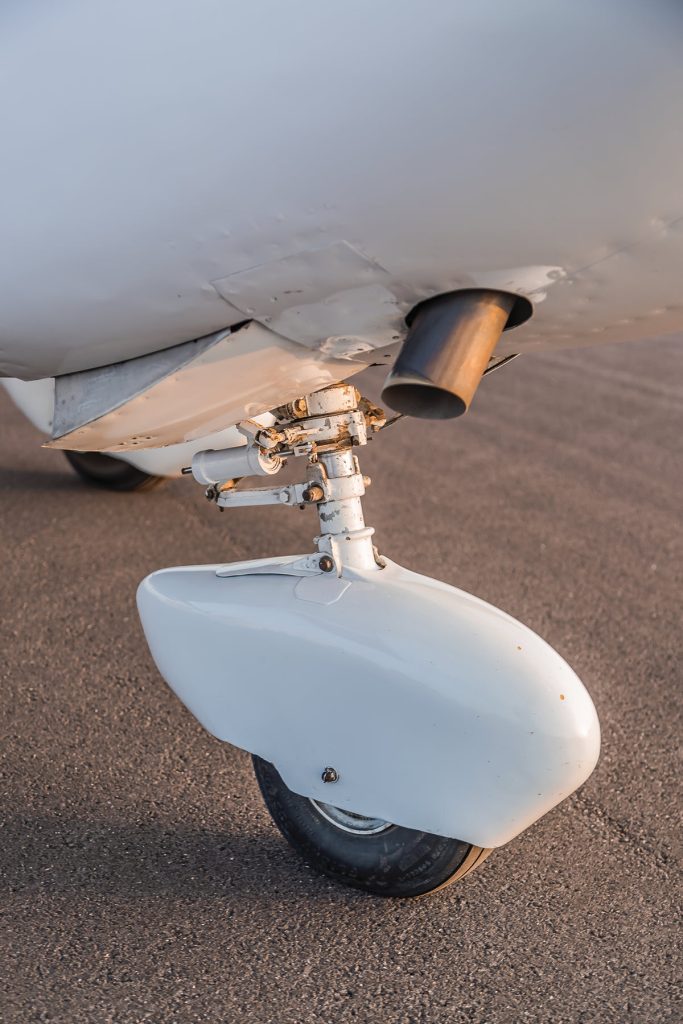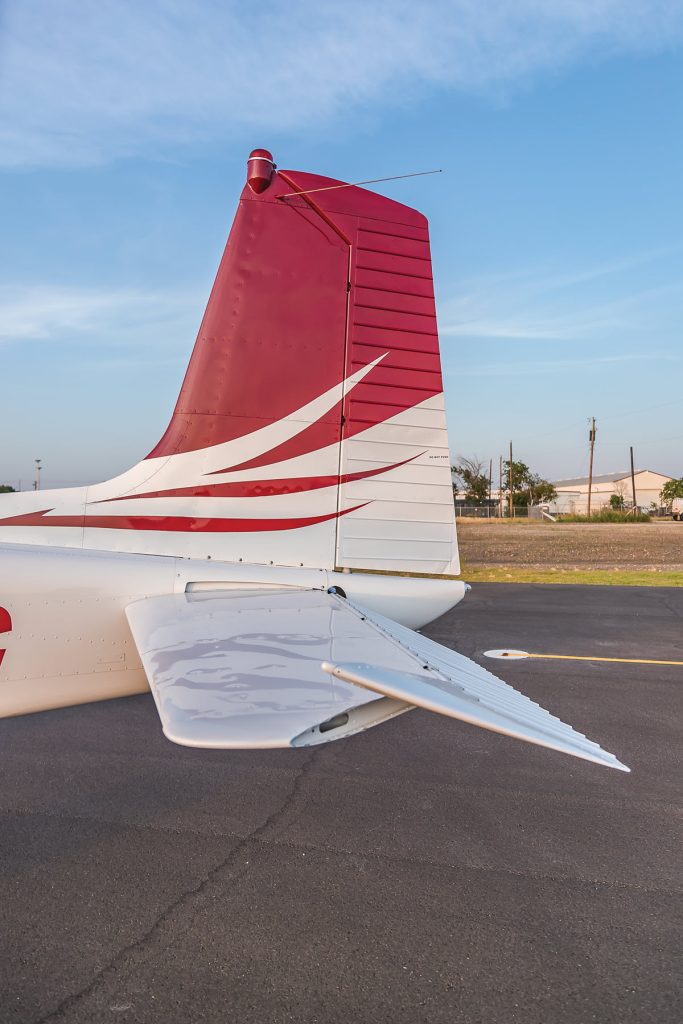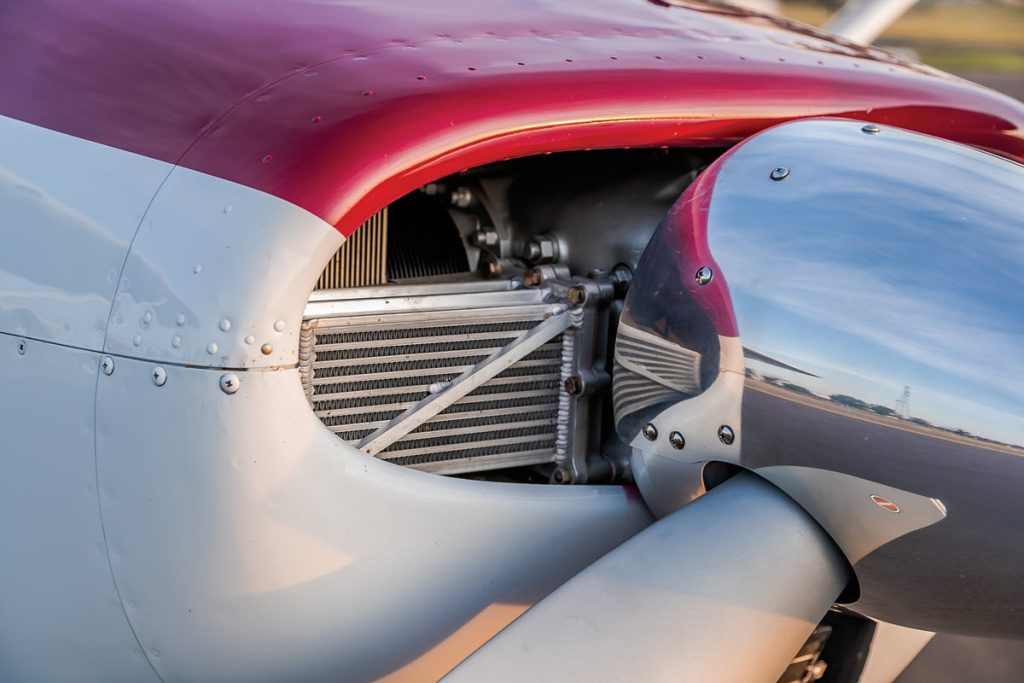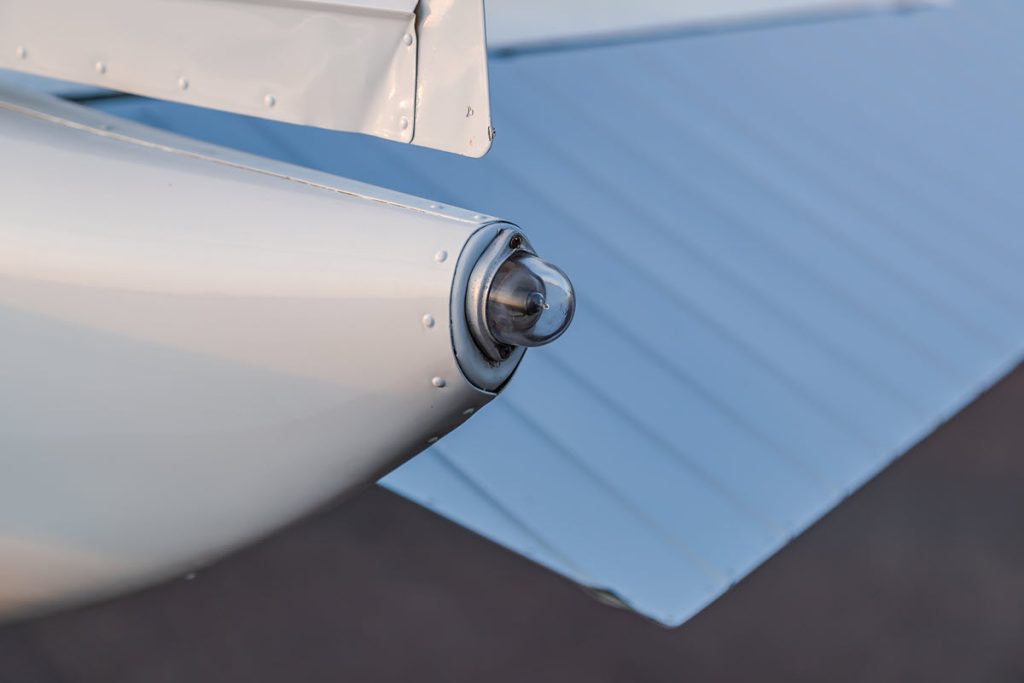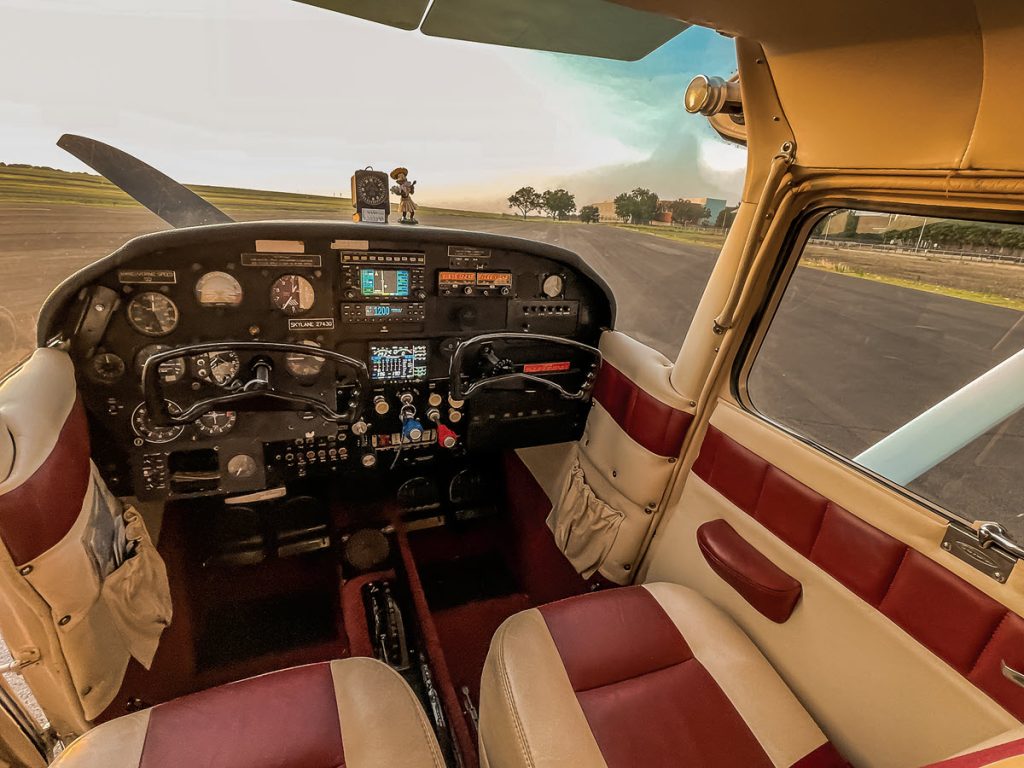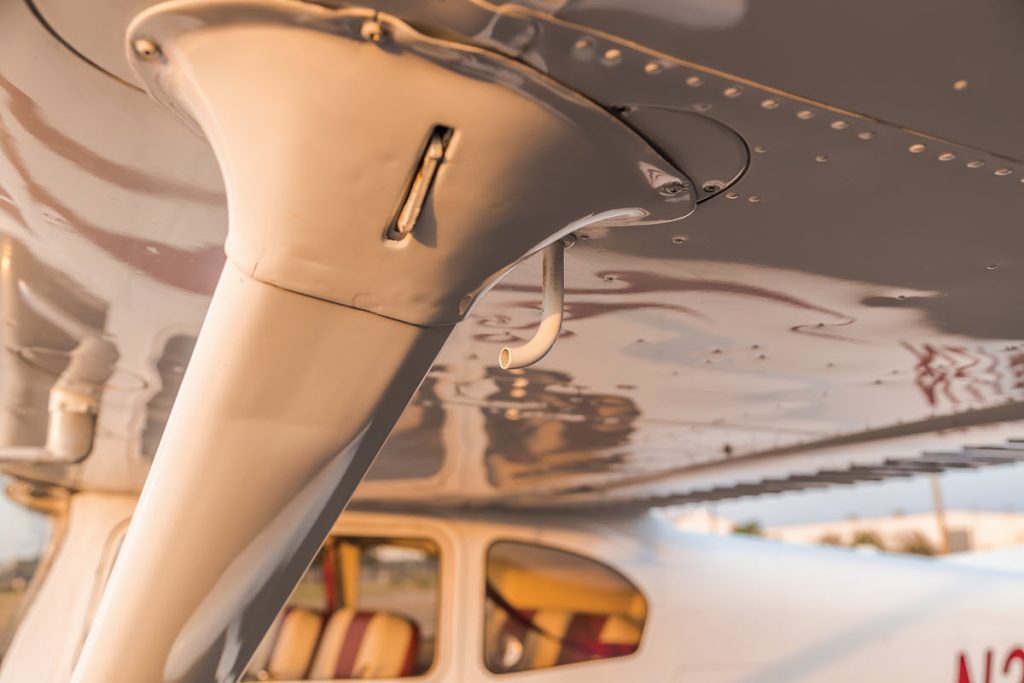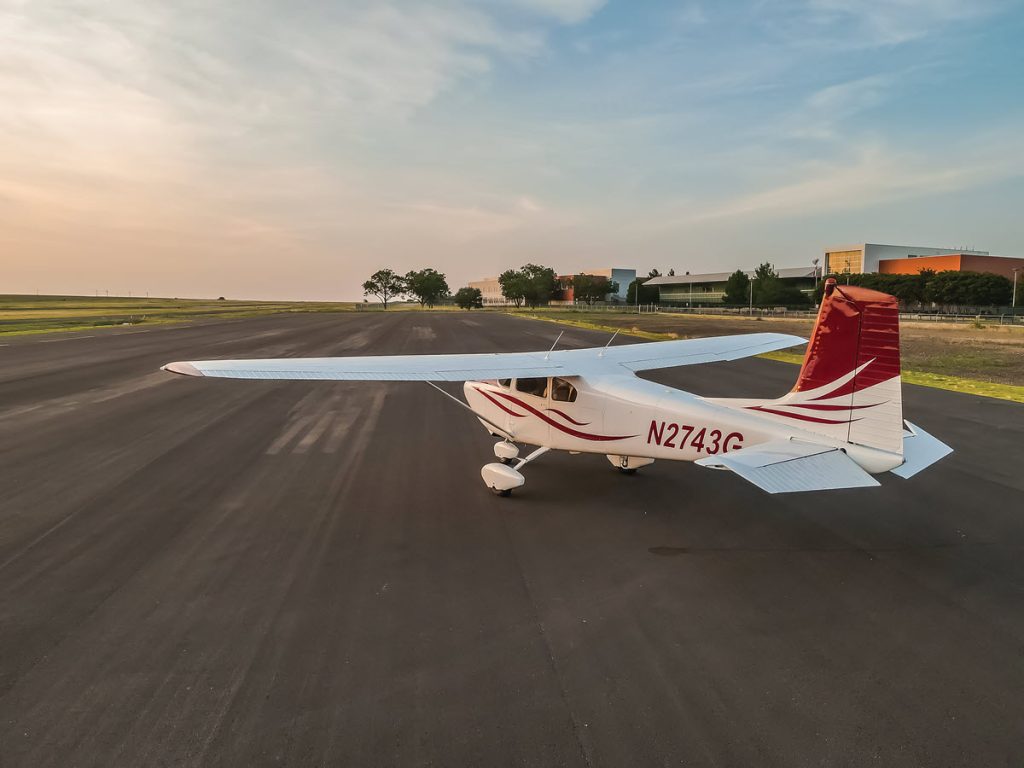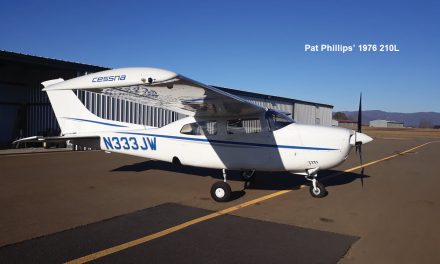In-Depth Reviews and Advice From Skylane Owners

By Rocky Landsverk
Many people believe the Cessna 182 is the best general aviation airplane available, and whether that’s true or not, they’re certainly increasing in value as if it’s true.
So if you’re going to take the leap, or if you recently have, you’ll want to follow the advice of the veterans who have experience with this aircraft. Mistakes can be even costlier, financially, than they were a few years ago.
We asked our 182 owner-members to give their top tips regarding the Skylane. As usual, they crushed it. We thank the dozens of COO members who took the time to help their fellow pilots.
In summary, Skylane owners said the following:
- Be ready to get used to the nose-heavy feeling if you’re coming from a 172. Plan on ballast in the back, if you have no baggage that trip
- Relatedly, really inspect the firewall, because nose-heavy, hard landings often warp or damage that area.
- Get a plane with the avionics you already like, because upgrading seem to cost more than simply paying for a plane that was already upgraded.
- Buy/look locally so you can get a good inspection from your favorite A&P/IA
- Worry about the mechanical sturdiness, not the wow factor of an interior upgrade. You can do those other things yourself later, but you don’t want to be dealing with a serious engine problem in your first year of two.
The most-consistent response related to “things to watch for” was “firewall and front landing gear structural damage,” as 1967 182K owner Douglas Winston of Star, Idaho, said. Added Randall Boan of Milton, Iowa, owner of a 1958 182A, “Check for bent or damaged firewalls. The 182s are nose-heavy and are often wheelbarrowed on landings. The nose strut attachment isn’t very robust and can bend the sheet metal in that area.”
We also received a lot of advice related to purchase values, and what to do in a seller’s market. We didn’t include that advice in this printed magazine article because people mostly said the same thing over and over (“wild and crazy prices”) but we included those comments in the online version of this article. “A 182 is probably the most value you will ever find in terms of capability and versatility in a GA aircraft,” said Daniel Herron of Port Washington, New York, owner of a 2007 182T. “That being said, the price on my plane has risen at least 35% since I purchased in 2019. It’s unclear whether prices will continue to increase or not.” What he does know is that you won’t regret the purchase. “It’s easy enough to fly right out of training and capable enough to be your ‘forever’ plane,” Herron said. “You will never regret buying a 182. If you do somehow outgrow it, there will be 10 people lined up to buy it.”
One owner said he increased his hull insurance by $45,000 this year.
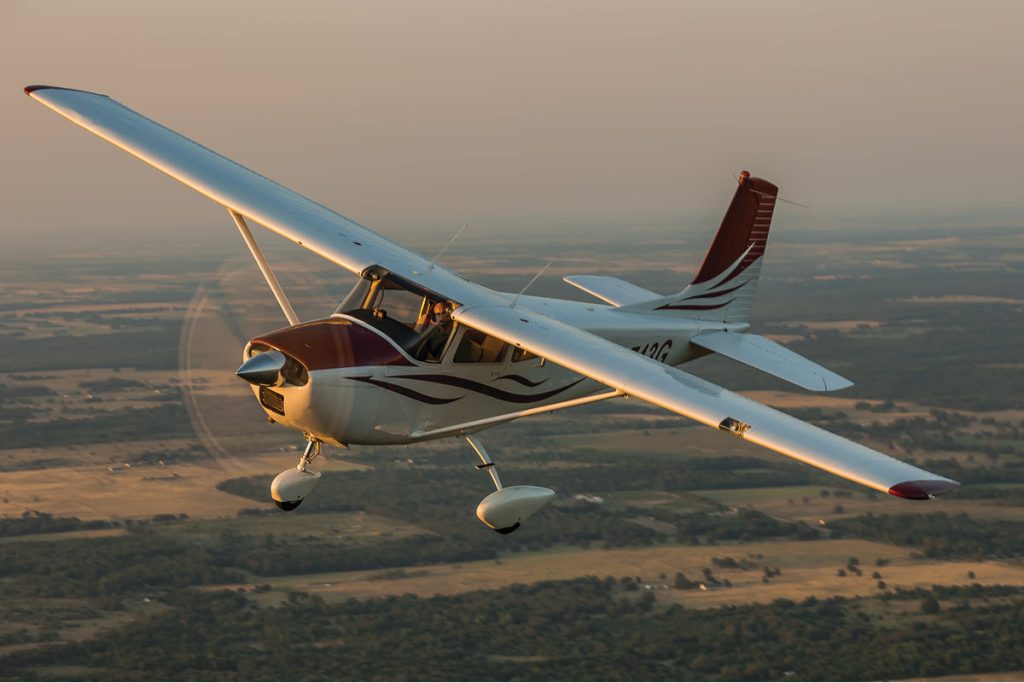
182 Pre-Purchase Tips
John Spitzer, Rockford, IL, 1975 182P
- For vintage planes, be sure there is no corrosion.
- Be sure there is no firewall damage from a hard landing involving nosewheel impact.
- Be sure it has long-range tanks.
- Stick with the fixed-gear 182.
- Beginning in 1973, Cessna modified the leading-edge airfoil, which makes the stall and low-speed performance much improved. Stall break is minimal.
- If the airplane was not hangared and has bladder tanks, check the tank age. Good bladder tanks when hangared will last over 20 years.
- Be sure the wing strut attach point inspection AD has been complied with.
Douglas Wilson, Seattle, WA, 1981 182R
- Buy one with good bones, forget the looks. Everything is replaceable except the airframe.
- Like a boat, think about the future sale of the aircraft you have your eye on before you buy it. If you can’t instantly turn around and sell it for what you’re contemplating buying it at, then don’t buy it.
- Buy the best-maintained 182 you can afford. (See item #1 above. I didn’t say best-looking, I said best-maintained.) That may mean you buy an older model that’s a cream puff versus stretching your wallet to buy a slightly newer one in poorer condition.
- Pragmatism. Be 100% prepared to walk away, even after spending money on a pre-buy. Emotional investment is the worst form of investment when making purchase decisions.
Jeff Light, Woodville, VA, 1967 182L
- Get the word out to the regional GA circles that you are ready and able to buy the right airplane.
- Try to find one that is within an hour or so of you, so you and your trusted mechanic can personally check everything out.
- If you can’t afford the full purchase price out of existing funds, consider a home equity refi to accomplish the purchase to avoid a monthly financed payment.
- Find one that is in confirmed good shape inside and out so you aren’t faced with a lot of extra costs to bring it up to your standards after the purchase.
- Remove the cowling and check for adequate cowling seals and heat shields.
Darryl Payne, Nelson, New Zealand, 1976 182P
- Check for firewall damage.
- Check for cracking in tunnel structure behind the firewall.
- Check for cracking in flap track support brackets.
I had issues with the last two (#s 2 and 3 listed above).
Kraig Turpen, Fredericksburg, TX, 1966 182J
- Make sure it has the equipment you desire before you make the purchase; don’t settle.
- There is a lot to be said for buying an aircraft in your local market. If you can be patient, eventually one will be available at your local field.
Daniel Herron, Port Washington, NY, 2007 182T
- If you fly IFR frequently, strongly consider a 2007 or later model. The G1000 and GFC700 autopilot are fantastic.
- Check the GPS signal strength on both units to make sure there are no issues with signal strength suggesting an issue with cable or connector.
Raymond Brach, Henderson, NV, 1966 182
- Buy an older plane that is recently refurbished.
- Get an autopilot (or plan on adding one).
- Look for a mid-time or newer engine.
Steve Inman, Billings, MT, 1969 182M
- Set a budget before you get really serious, and consider the fact that you will likely want to do a few things after you buy anything used. It seems like there are always a few items needing an upgrade or repair or replacement.
- If you buy one that is at TBO, anticipate the cost of overhaul.
Darby Bryant, Charlotte, NC, 1979 182Q
- Make sure a 182’s cost and performance suits your mission (at least most of the time).
- Complete a thorough prebuy.
- Unless you have a ton of time and money, find an individual aircraft that fits most of your needs on Day 1 (avionics, fuel capacity, engine, etc.).
- [Conduct a] borescope inspection of the engine cylinders.
- Check for corrosion behind the panels and in the tail.
Douglas Winston, Star, ID, 1967 182K
In prebuy, do a detailed inspection of the firewall, tunnel structure under and between the rudder pedals, and the rear bulkhead in the tail for bending, cracking, or prior repairs. Our prebuy mechanic missed all of the above, which cost us over $30,000 later to repair. Ugh!
Mark Siemens, Rocklin, CA, 1976 182P
- Watch for corrosion in older aircraft.
- Try to find an airframe without damage history.
- Try to find a panel with some of the components you will keep, i.e., navigators and autopilot, as they always cost more to add.
Richard Hawley, Newport News, VA, 1984 182R
- Have the engine evaluated by a good engine shop or buy a high-time engine that you plan to replace.
- The 182 is built for traveling. Traveling a lot means you’ll want to fly IFR. Find one with avionics you like. Upgrading is expensive.
- If you are budget-constrained, educate yourself on the evolution of the design through the production pause in 1986. It may help narrow your search.
Paul Burke, Rogersville, TN, 1968 182L
- Determine your mission first, then look for an aircraft to meet the mission.
- It is cheaper to find the right aircraft with the avionics (autopilot, etc.) you want than to upgrade after purchase.
- Have the prebuy done by someone who does not already know that aircraft so it gets a fresh look with fresh eyes. They should know 182s.
Stanley English, Anchorage, AK, 1957 182A
- Buy a painted aircraft. Mine is polished aluminum and is beautiful, but it’s a pain to keep it that way.
- Long-range fuel would be nice.
- Rudder trim and cowl flaps would be nice. Later models included this.
Al Bledsoe, Horseshoe Bay, TX, 1979 182Q
- Q models have the highest useful loads.
- Two-blade props are faster.
- The 182s maintain their value better than most other airplanes.
Toby Ashley, Meridian, ID, 1961 182
- Make sure the fuel bladders are fresh or their tanks are replaced.
- Look for Dzus-style cowling fasteners.
- Get a carburetor.
Jairo Pena, Catharpin, VA, 2000 182S
- Before buying, borescope the motor, look hard at the cam lobes, and run it, then get an oil analysis.
- Look for corrosion in the airframe and spar.
Ron Gustafson, Corvallis, OR, 1979 182Q
- Check for corrosion.
- Buy with a runout engine or a newly overhauled one, or plan on replacing it.
- Try and get latest avionics, if possible.
Don Avery, Dublin, GA, 1998 182S
- Is the exterior paint well cared for, and is the engine and cowling interior clean? If the answer to these is yes, chances are the plane has been well cared for. It’s not enough to just be hangared.
- Second, see how often the plane flew over its lifetime. Not just the total hours, but did it fly regularly? Were there long periods of the plane just sitting on the ground? The plane needs to fly no less than monthly.
Kenneth Fogle, Chagrin Falls, OH, 182F 1963
On early models, [watch for] issues with a nose gear landing collapse. Make sure it’s repaired and properly rigged after that work.
Anonymous, Greenville, SC, 1956 182
Older McCauley propellers are getting harder to buy parts for. If the records show that the prop has not been overhauled in a long time, discuss this with a good prop shop, and get your governor overhauled at the same time as the prop.
Robert Garrett, North Richland Hills, TX, 1963 182F
- Check on fuel bladder status and if the aircraft is topped off after each use, keeping them “lubricated” with fuel.
- If you think you’re getting a good deal since the aircraft has low time, beware! Aircraft not being flown on a regular basis will break once you start flying them on a regular basis.
- A thorough pre-purchase inspection is a requirement, but expect a $10,000 annual for a few years after that. Airplanes are being sold for a reason, and in most cases for non-use.
Richard Hawley, Newport News, VA, 1984 182R
Check if it’s properly rigged. That means you’ll have to fly it and see what it takes to maintain straight-and-level, hands off.
Paul Burke, Rogersville, TN, 1968 182L
If the prior owner had an upgraded engine monitor with CHT and EGT installed, did they plug the hole(s) from the original, or use that hole? We found the hole for EGT probe from the original monitor and have just placed an old probe in it.
Toby Ashley, Meridian, ID, 1961 182
Check or replace the camshaft and lifters if the engine [is beyond its overhaul time].
Jairo Pena, Catharpin, VA, 2000 182S
Pay the seller for an oil change, get a sample, and send it for oil analysis. Cheap insurance.
Manuel Fornasier, Westcliffe, CO, 1961 182D
- There are some ADs that are required and expensive to comply with, so make sure that it is looked at on the prebuy.
- Inspect the firewall for damage from hard nose landings.
William Arthur, Sylvania, GA, 1982 182R
Note that there is a third fuel sump point on the middle bottom of the plane, under the fuel switch.
Ron Gustafson, Corvallis, OR, 1979 182Q
Top the tanks and check for leaks over four to five hours.
Scott Dunn, Sandpoint, ID, 1977 182Q
- Have a good pre-buy inspection done so you fully understand what you’re likely to spend shortly after purchase.
- If the interior looks worn, it’s very possible to redo the interior yourself with a kit.
- Most legacy avionics are past their useful life. Consider the cost of upgrades you may want. Check the nosewheel fork and shimmy damper. Mine already required replacement at less than 1000 hours.
- Check fuel tank caps. Many of the older models had flush caps that had problems with water contamination.
182 Tips: Post-Purchase
Lynn Pease, Elizabeth, IL, 1964 182G
- Fly it — gas is cheaper than new engines caused by lack of use.
- Test the margins — practice stalls, fly into short fields, use all different flap settings.
- Make your own POH/checklists. My 1964 POH is pretty sparse.
Bruce Peacock, Mendon, VT, 1980 182Q
- An engine monitor is needed to properly lean.
- Carb icing needs attention.
- [Know that the] plane doesn’t float on landing like a 172.
Richard Bursley, Phoenix, AZ, 1966 182J
- Learn how to land. They are nose-heavy and weakly built on the nose.
- I love my 182; it is fun to fly and is powerful enough to carry four people.
Paul Frederick, Tucson, AZ, 1972 182P
- Get a carburetor temperature gauge.
- Watch the flap operating speeds.
- Add about 25 pounds at the back of the baggage compartment to make it easier to flare.
John Murrin, Holbrook, MA, 1976 182P
Keep a case of oil secured in storage compartment if flying alone often. It helps with the nose-heavy feeling.
Randall Boan, Milton, IA, 1958 182A
- They don’t have to burn 12 gph; 60 to 65% power will give you a decent cruise speed and 10-11 gph fuel burn, with the mixture properly leaned.
- Many 182s are nose-heavy and require a lot of nose up trim for landing.
- It won’t carry just anything you put in it, but it is a true four-place aircraft.
Gary Garavaglia, Statesville, NC, 1978 182Q
Avionics can cost big money. Don’t overspend. Decide what type of flying you intend to do and how often you need to fly hard IFR. My aircraft has a good older autopilot, HSI, and an Avidyne navigator with round dials. I fly mostly IFR and it’s more than enough for most missions.
Greg Garner, Key Colony Beach, FL, 1979 182Q
- Get some training as they are more nose-heavy than a 172.
- Learn how to deal with the cowl flaps and engine controls to keep engine temp below 400 degrees F.
- Enjoy the extra carrying capacity over a 172.
William Arthur, Sylvania, GA, 1982 182R
- Use the trim wheel.
- Be on-speed on landing. If you need to land flaps, no-flap landings are very easy, too, and should be practiced regularly.
- Get a carb ice or temp gauge. You’ll be surprised at the conditions in which it can ice up.
Greg Garner, Key Colony Beach, FL, 1979 182Q
Open the cowl flaps if the engine is getting too hot.
Jeffrey Blitman, Wellington, FL, 1973 182P
I usually fly at about 65% power or less, for 120-130 mph and about 12 gph.
How Does the 182 Compare? 182 vs. 172
Douglas Winston, Star, ID, 1967 182K
I’d recommend it over a 172 since it is a good 30-40 mph faster and has better climb capability with a heavier load, and more fuel for distance. It’s also a great backcountry plane, with or without STOL mods. It will carry four big adults with good headroom, legroom and cabin width, much more than any Cherokee or Bonanza. The high wing is also better for rain and sun protection. It has good baggage capacity, too, and baggage compartment extensions are available.
Mark Siemens, Rocklin, CA, 1976 182P
If you only want to putt around and look out the window, you can burn about the same fuel as a 172, in cruise. If you want to get somewhere in a reasonable amount of time, burn 12.5 gph and save some time.
Jeff Light, Woodville, VA, 1967 182L
I was determined to purchase a 172 like the one I had trained in, primarily thinking that its relatively low operating costs was a better fit for my fixed income. As I got into the search for the airplane, I soon realized that I could acquire the 182 for the same purchase price of the 172 (apparently due to the high demand for the 172s). Although I burn about four gallons more per hour in the 182, I also enjoy a much quicker, smoother flight with the ability to take that fourth adult where I’m going. The fixed hangar, insurance, and regular maintenance costs are arguably in the same ballpark. And if there’s any concern about the complexity of the variable speed prop on the 182, let me assure you that you master that within the first few flights. Unless it’s always just two on board for the short flight/local patch, I strongly recommend the 182.
Mark Oda, Angola, IN, 1964 182G
I traded up from a 172 to my 182. The 182 gives me more elbow room. It flies 20 to 25 mph faster. I can actually take four people on trips. My 182 averages about 12 gph vs 7.5 gph on the 172.
Scott Dunn, Sandpoint, ID, 1977 182Q
The 182 is definitely more stable in turbulence, faster in cruise, and can carry a bigger load including four adults comfortably. But it doesn’t float as lightly during landing and consumes more fuel.
Bob Weidner, Port Townsend, WA, 1973 182P
Flew a 172 for 600-plus hours. The 182 is heavier on the controls, but it’s a really solid feeling. After getting used to the constant-speed prop, the 182 is really easy [to fly]. With 20 degrees of flaps on takeoff, it will really climb. When you want it down, it will fall like a rock with flaps and slip. Once I flare, I never let off the back pressure on the yoke, and I use power if needed to control the sink rate. Fuel burn about 50% more than a 172.
182 vs. 175
Bill John, New Castle, CO, 1984 182R
I previously owned a 1961 Cessna 175B. Great airplane but the 175 was too cramped and it wasn’t fast enough.
182 vs. Cherokee 180
Lynn Pease, Elizabeth, IL, 1964 182G
The 182 has better glide, two cabin doors, and better short-field performance. It’s harder to visually check fuel.
182 vs. Bonanza
Miguel Casanova, Caracas, Venezuela, 1974 182P
The 182 is more stable, more range, not as fast but fast enough, cheaper to operate and own, easy to fly, can land anywhere.
Randall Summers, Weslaco, TX, 1973 182P
The Bonanza A36 is a very nice plane but it’s challenging to get in and out of as you get older and less nimble, and even with A/C, the sun really beams down on you.
Don Avery, Dublin, GA, 1998 182S
The Bonanza is a great airplane but significantly more expensive to fly. For me, the added seats and speed were not needed. It does not have the payload one would expect from a six-seater. I do love its large cargo door. The 182 has an annoying small cargo door — my only complaint with Cessna.
William Gardner, Reno, NV, 1981 182R
The V35 Bonanza has better cruise speed (170 kias) on approximately the same fuel flow. You don’t need to pay as much attention to weight and balance in the 182 and you don’t have to worry about any gear issues with the fixed gear. The Bonanza is a tough plane to beat but I like the expanded utility offered in the 182.
182 vs. Piper Warrior
Paul Frederick, Tucson, AZ, 1972 182P
182: More power, higher useful load, two doors, easier entry, better on unpaved strips.
182 vs. Beechcraft Sierra
Kenneth Fogle, Chagrin Falls, OH, 1963 182F
The 182 is faster, easier to land in significantly less distance, and much safer with fixed gear and glide capabilities.
182 vs. Bonanza F33 and Grumman
Jeffrey Blitman, Wellington, FL, 1973 182P
Prior to this I had a Beechcraft Bonanza F33. Beautiful plane and nothing flies like a Bonanza, but it was much more plane than I needed. Everybody should own one for a while. Before that, I had a Grumman Cheetah that I flew for years. Great plane but it could not carry four guys to breakfast. The 182 controls heavy compared to the Bo and Cheetah, but once you’re used to it, it’s lots of fun and hard to get in trouble.
182 vs. Turbo 210 and Bonanza
Douglas Winston, Star, ID, 1967 182K
I’ve also owned two Turbo 210s and an older V-tailed Bonanza with 225 hp. Our 182 has all the speed and STOL mods, so it flies about as high and fast as the Bonanza in spite of having fixed gear, but it can fly far slower (45 mph), making it a great short-runway plane, and safer for emergency landings. I do miss the T210s for their speed, load, and ability to get above the weather, but I don’t miss the maintenance costs. The 182 is only about 30 mph slower, and I’ve had it up to 14,500 feet, where it’s running out of climb and TAS very quickly with two on board. It’s interesting to note the gas mileage of the 182 and the T210 is about the same, 11-12 gph in no-wind conditions at best-power cruise.
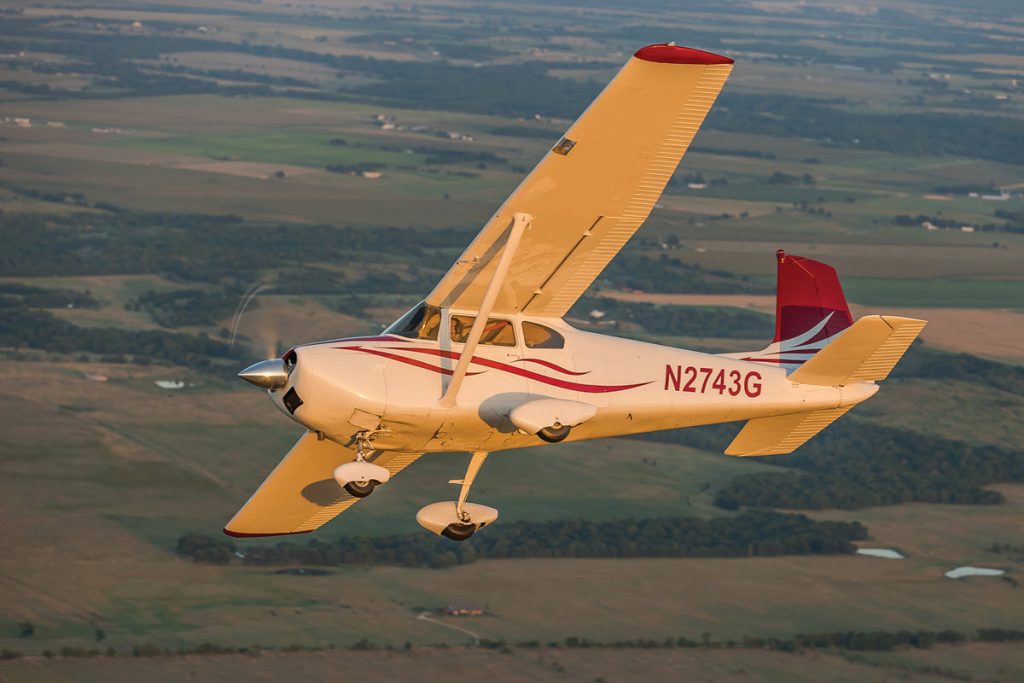
182 vs. Piper Archer
Randall Boan, Milton, IA, 1958 182A
- 182: Easier to get in and out of than the Piper.
- Archer has a lower wing loading.
- The carburetor likes to make ice on the 182.
- Useful load about the same for both.
- Shorter people have a hard time seeing over the instrument panel on the 182.
- Common to most Cessnas, the seats feel like a board after a couple of hours. Piper has a far more comfortable interior.
- The 182 has a Continental engine and the Archer has a Lycoming. If it has been sitting around for a long time without being flown, the Lycoming is a lot more likely to have cam spalling and pitting.
About the Cover Plane
This month’s cover plane is typically on the other side of the camera. Featured is Jack Fleetwood’s 1959 Cessna 182 with his friend Bradley McKee piloting, while this time, Fleetwood operated from a different camera plane.
Fleetwood has owned this 1959 plane since late 2021. He hasn’t done much to it, though he did put in the JP Instruments engine monitor. It has a Garmin GNS 430. The autopilot was out for repairs at the time of this photo shoot; you can see the hole in the bottom left of the panel.
The Narco radio top-right is used as a backup, with the Garmin as a primary radio. “I’ll use the Narco to check weather or AWOS as I’m going into a field,” he said. “I’ll use it for air-to-air; we’ll run a discreet frequency for air-to-air, but then we’ll listen to the airports nearby.”
The interior and paint were upgraded in 2016, but Fleetwood isn’t sure who did that work. The engine was getting overhauled by a shop in Florida just as he was purchasing it. He said one thing that’s interesting about his 1959 model is that it was the “first and only year that had the cowl flaps. Those are actually to get the engine warmer during flight.”
182 vs. Dakota
Paul Burke, Rogersville, TN, 1968 182L
I have a fair bit of time in 152, 122, and Dakota, all prior to owning the 182.
- The high-wing design is very helpful for new flyers/passengers as the sightseeing is much better. It is also helpful for angel flight missions that I fly, as folks with limited mobility do not have to climb a wing to enter the aircraft, nor do they have to secure the door or be first out in the event of an issue.
- High wing obviously limits visibility up. So caution when entering runways dictates an S-turn to allow visibility of the approach end prior to entering, at least in non-towered airports.
- Ladders for refueling required, but you don’t have to lay on wet ground or pavement to obtain a fuel sample!
182 vs. Piper Arrow III
William Gardner, Reno, NV, 1981 182R
The 182 has a lot more power and loading capabilities. Same cruise speed without the hassle of retractable gear. Fuel flow is less in the Arrow but you give up a lot of takeoff and climb power. More room inside a 182.
Super Secrets
John Spitzer, Rockford, IL, 1975 182P
Always, when able, land in nose-high attitude to keep from overloading the nosewheel. The heavy elevator control pressures make trimming during landing very beneficial.
For non-fuel-injected versions, be sure you have or get a six-cylinder primer installed. It makes starting very easy with low risk of fire in carb. Also, install an oil filter.
Douglas Wilson, Seattle, WA, 1981 182R
I bought the R model because it was last type of the “classic/NG” 182 model, meaning it was the apex of 182 design when Cessna discontinued it in 1986. It has the most useful load and the longest range of any classic/NG model 182 (to my knowledge), due in part to the wet wings. In fact, it may best the current production (normally aspirated) models in useful load.
Lynn Pease, Elizabeth, IL, 1964 182G
Never trust the original Cessna fuel gauges; always stick the tanks.
Paul Frederick, Tucson, AZ, 1972 182P
Get the Fresh Pick STC for added gross weight increase on the earlier models.
The 182P in my opinion is the best model. It has the wider fuselage. It still has bladders, which are way easier and cheaper to repair than a wet wing. It has the higher gross weight due to the tubular main gear. It has the low compression O-470R so you can get an STC to burn MOGAS. It has the longer baggage area.
Steve Inman, Billings, MT, 1969 182M
I chose the M model because I wanted the pre-cuff wing and six-pack instrument panel layout.
Randall Boan, Milton, IA, 1958 182A
If you are looking for a faster four-place plane, plan on buying a retractable. Keep the wheel fairings on unless you fly out of soft fields. They really do add about 5 mph to true airspeed.
Mark Siemens, Rocklin, CA, 1976 182P
Significant changes were made to the airframe during the P model, which allows for a gross takeoff weight increase in the P and Q models. The low-compression 0-470 R and S run more smoothly than the 0-470-U, in my experience. Vortex generators are one of the most cost-effective improvements on the Cessna cuffed wing.
Paul Burke, Rogersville, TN, 1968 182L
Since control surfaces are more neutral, I actually decreased my fuel flow by about 1/2 gph by adding aft ballast.
Greg Garner, Key Colony Beach, FL, 1979 182Q
The Kenai Peterson Conversion adds additional top speed up to 156 knots, as well as enabling the plane to land and take off in less than 400 feet.
William Arthur, Sylvania, GA, 1982 182R
I had to hold a lot of aileron to keep straight and a lot of rudder to not turn. Turns out it was the prop! Look at the blades from the side while it’s running. If you see two disks instead of one, they are not tracking the same and the prop needs to be overhauled. That fixed my issues.
Bruce Spears, Halifax, Nova Scotia, 1962 182E
Do not discount the early models. The 1962 model was widened to the current size, and they’re a little more affordable.
Douglas Wilson, Seattle, WA, 1981 182R
If you truly believe in safety first, put your money where your mouth is, 1) BAS four-point harnesses, 2) ADS-B In. Both are essential.
Joshua Lessmeister, Yukon, OK, 1998 182S
From my experience, the engine indicators should be upgraded as they are not the most accurate. The exterior lights would also be a good upgrade as the OEM bulbs aren’t the most efficient/bright.
What is the best reason to buy and/or fly this aircraft? John Spitzer, Rockford, IL, 1975 182P
The 182 offers a great blend of capability and performance. With LR tanks, it makes a great IFR platform that is relatively stable with predictable flight characteristics. It offers great passenger visibility, excellent rear seat leg room, and, when flown at economy power settings with lower rpm, it is quiet.
Paul Frederick, Tucson, AZ, 1972 182P
It’s like a Chevy Biscayne Station Wagon: It doesn’t excel at any one thing, but capably performs on the whole. Great family plane. Great performer in the bush when loaded lightly. Versatile.
Steve Inman, Billings, MT, 1969 182M
It is like a Chevy Impala. You can fly in the mountains, get decent short- and rough-field performance, but still head to Oshkosh with a couple other guys and a lot of camping gear, in comfort. If you pull back the power and lean it out, you get pretty good economy. One time I kept close track and averaged 10.8 gph from Billings to OSH and back. I was not trying to set a speed record, but I like taking it easy and getting more hours in my logbook.
Daniel Herron, Port Washington, NY, 2007 182T
- Such an honest and forgiving plane — makes you look like a better pilot than you really are.
- Can land on the shortest of runways and on grass strips, but also fits right in at the busy Class C airport where I hangar mine. Keeps appreciating in value.
Don Avery, Dublin, GA, 1998 182S
- The 182 loves to fly!
- The high-wing design creates excellent lift and the plane leaps off a runway.
- It is stable, safe and has a great payload.
- It has an efficient fuel burn and is very affordable to operate.
- It may not be the best or sexiest in some categories but overall it is the best single on the market.
MORE 182 RESEARCH
Son Reunited with Dad’s 182. cessnaowner.org/aug22
Cessna Master Class: Corrosion, Lubrication, More. cessnaowner.org/paul-new
182 Reviews
Bill Cox Review, August 2021 cessnaowner.org/aug21
Owner Review, June 2020, cessnaowner.org/owners-perspective-cessna-skylane
Restoration, cessnaowner.org/from-60s-queen-to-american-dream
Bill Cox Review, August 2020 cessnaowner.org/aug20
Skylane Subtleties, April 2014 cessnaowner.org/cessna-owner-magazine-april-2014
Click on a photo to open a pop up slide show
